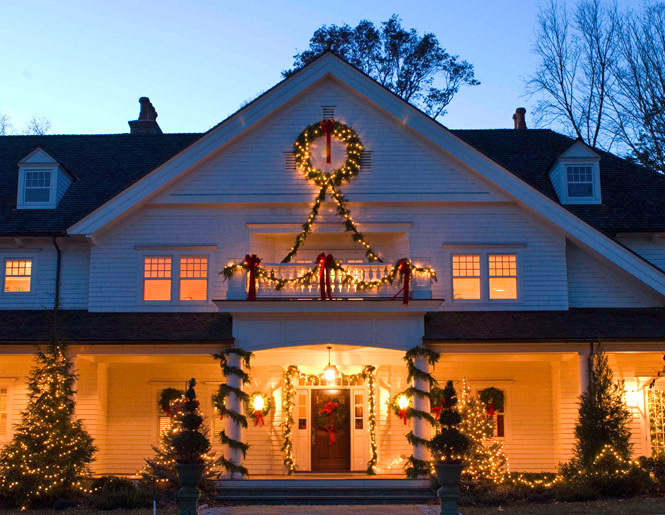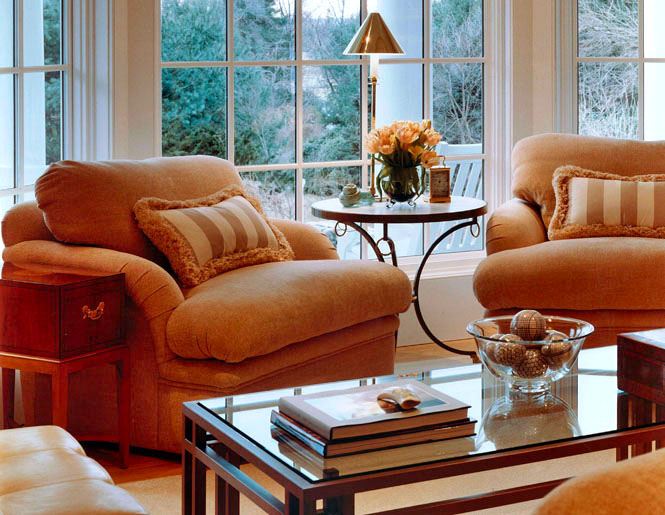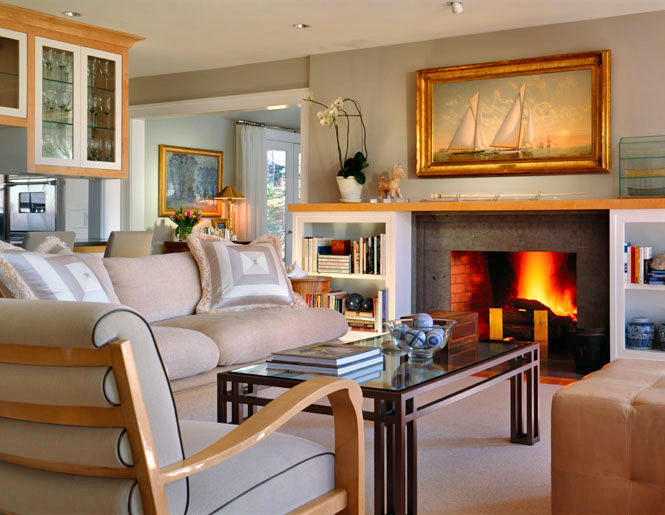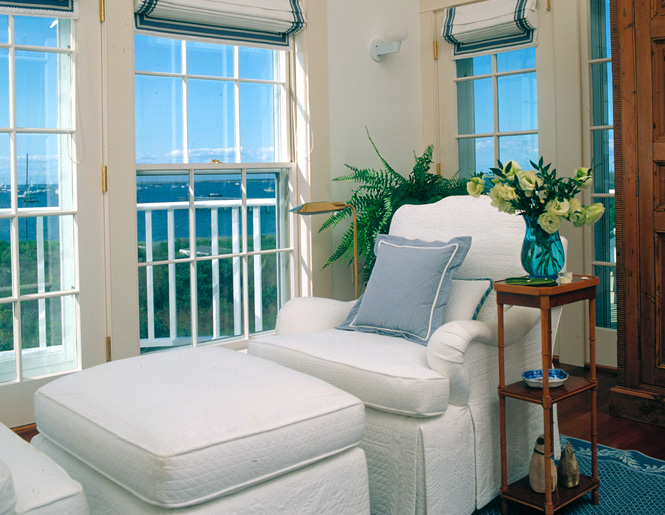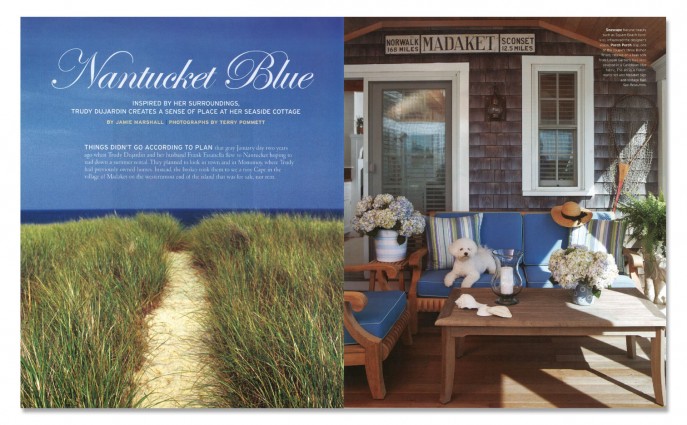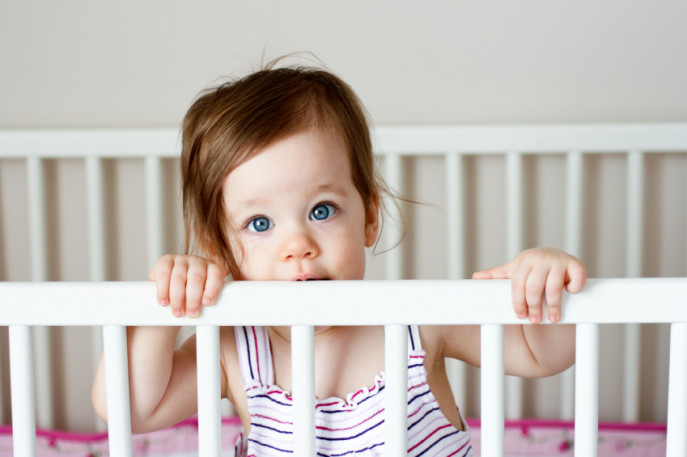
When talking about creating a healthy home, I’ve often said the first place to begin is in the bedroom. For families with children, especially babies, the first place to start is in the nursery. We spend 1/3 of our lives sleeping, in close contact with bedding, mattresses and the often closed-air environment of a modern bedroom; for babies, their contact with nursery materials is multiplied as they can spend many more hours in sleep.
During sleep, your body works to remove any toxins you were exposed to during the day, and to restore energy and health. Babies, with their rapidly growing minds and bodies, need a pristine environment with clean air and minimal contaminants. According to the EPA, one of the top five hazards to human health is indoor air. Here are some simple steps you can take to keep your baby happy and healthy:
- When painting the nursery and refinishing floors, use no VOC paints and finishes. VOCs are Volatile Organic Compounds, chemicals (such as benzene, formaldehyde, toluene, and zylene) that “off-gas” for extended periods of time into the air we breathe. Non-toxic, no-VOC paints use water as a carrier instead of petroleum-based solvents, reducing the levels of heavy metals. Look for products with the Green Seal Standard, which certifies that they meet certain industry standards for VOCs. (One of my favorite products is Envirosafe, a company which which uses no fungicides or biocides at all)
- Choose hardwood, stone or tile floors that can be easily cleaned, and cover them with an organic wool or cotton rug.
- Select an organic mattress for the crib, made with natural latex, wool or organic cotton. Be sure all the baby bedding is organic as well. Babies snuggle into their blankets and put their mouths on everything; non-organic cotton is grown in fields soaked in insecticides. Dyes and color fixers use heavy metals such as chromium, copper and zinc. A good source for organic baby bedding and bath items is Coyuchi. Their products are made from 100% certified organic cotton and are produced using fair labor practices.
- Choose eco-friendly wood furniture that is FSC certified, a designation from the Forest Stewardship Council ensuring that the wood was grown and harvested in a way that protects forests for the long term. Chemicals such as formaldehyde and polyisocyanurate can also be emitted from plywood and manufactured wood products.The Organic Mattress Store offers maple, oak, ash or cherry cribs made without plywood or particleboard; it comes unfinished or with a Green Seal Tung Oil organic finish. It’s also the place to get organic baby mattresses, made with natural rubber and organic wool, a natural fire deterrent.
- Invest in a good air-filtration system. Clear the nursery air by adding a room purifier, or go one step further and install a central filtration system. Models are available that clear particulates that can’t be seen by the naked eye, such as dust and pet dander, along with mold spores, pollen and chemical gases such as sulfuric acid, ammonia and formaldehyde.
- Be clean and green with non-toxic cleaners. Many conventional cleaning products actually can pollute baby’s room with a toxic mixture of petrochemicals. Seventh Generation has created a line of safe, natural baby products, as part of their “Campaign for a Toxin-Free Generation.” You can purchase everything from safe nursery and household cleaning products to diapers, baby laundry detergent and gentle skin care.
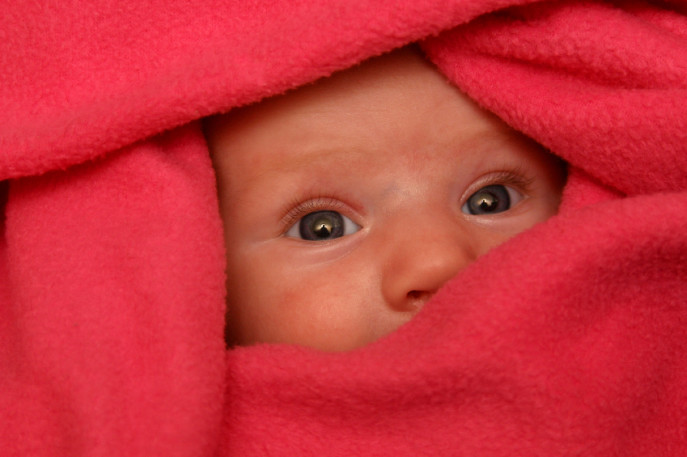
Other important Green Baby Tips:
- Be sure to use glass baby bottles, never plastic. When plastic is heated, it can leach a chemical called bisphenol A (BPA) into baby formula at forty times the safe limit, potentially disrupting baby’s endocrine system.
- Dress baby in non-toxic sleepwear. There are options which use acrylics and natural materials with tight weaves that can pass flame retardancy standards without the use of polybrominatd diphenyl ethers (PBDEs), a chemical which is now found worldwide in dust, indoor and outdoor air, and waterways.
- Make health and wellness as natural a choice in your daily life as the love and attention you so effortlessly give your precious children. A healthy child is raised in a healthy home, and a healthy home is the ultimate luxury.





